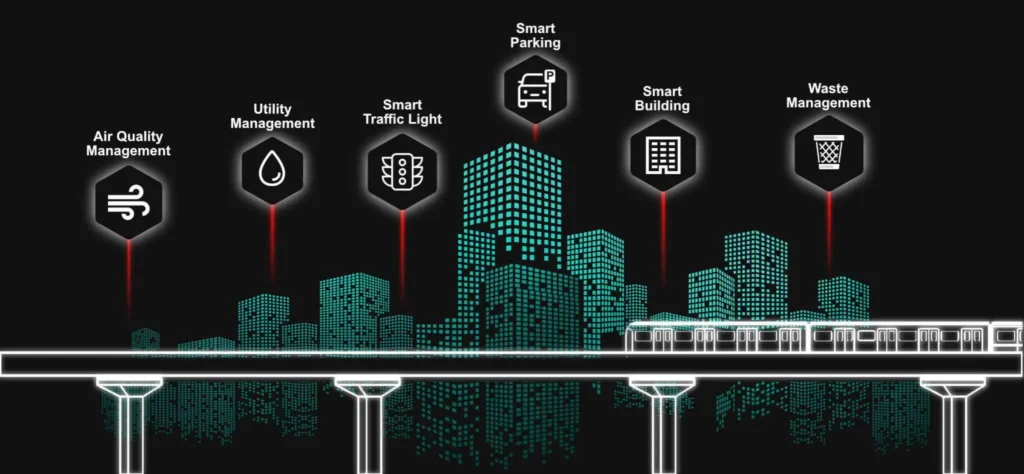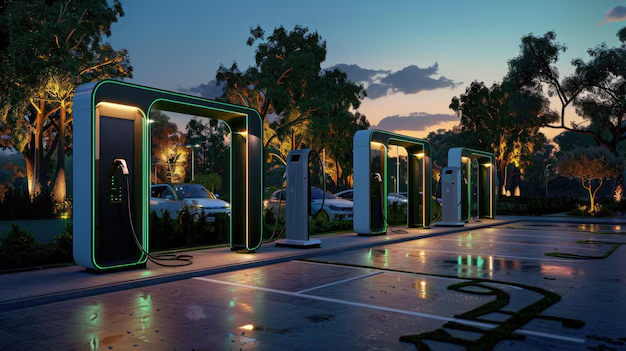We often think of electric vehicles (EVs) as simply eco-friendly alternatives to gasoline cars. But beyond the buzz of zero emissions and sleek tech, there’s a quieter revolution taking place—one that’s reshaping the very structure of our cities. Welcome to the secret life of electric vehicles and urban design, where transportation meets transformation.
Redefining the Streetscape: The Hidden Impact of EVs on City Planning
When you think of electric vehicles and urban design, you may not immediately picture tree-lined boulevards or redesigned parking spaces. But that’s exactly where the revolution is taking root. EVs don’t just reduce pollution—they change how we use space.
With fewer mechanical parts and no exhaust systems, EVs take up less space, emit less noise, and require different infrastructure. This shift gives urban planners new freedom. Streets once choked by traffic can be converted into pedestrian zones. Rooftop charging stations are now being designed into buildings. Even parking structures are shrinking, thanks to the rise of car-sharing and autonomous electric fleets.
Electric Vehicles and Urban Design: How Charging Infrastructure Shapes Cities
One of the most visible changes happening in cities around the world is the proliferation of EV charging stations. But what’s not immediately visible is how they’re influencing city design behind the scenes.
As more cities adopt electric-first policies, developers are integrating EV infrastructure into malls, office spaces, and residential complexes. This integration not only modernizes the grid but also reduces the carbon footprint of entire neighborhoods. In some regions, solar-powered charging hubs double as shaded community spaces, blending sustainability with social interaction.
Silence, Please: How EVs Are Changing the Urban Soundscape
Have you noticed cities growing quieter? That’s no accident. Electric vehicles hum instead of roar, and this subtle change is profoundly altering the soundscape of urban life. For decades, cities have been synonymous with noise pollution—from honking horns to revving engines. But EVs are flipping the script.
With less noise, cities become more livable. Outdoor cafes flourish. Children play safely near streets. Noise-sensitive spaces like hospitals and schools benefit greatly. This sonic shift plays a crucial role in the ongoing dialogue about electric vehicles and urban design.
Smart Cities Meet Electric Vehicles: The Future of Urban Design
Urban design is no longer just about buildings and roads—it’s about systems that talk to each other. Enter the age of smart cities, where electric vehicles aren’t just passengers but active participants in the urban grid.

In cities like Amsterdam and Seoul, EVs are being used as mobile energy storage units, feeding surplus power back into the grid during peak hours. Traffic lights are being synced with EV flow data to optimize road usage. As a result, commutes become faster, cleaner, and more efficient.
The Social Shift: How EVs Are Inspiring Community-Driven Urban Spaces
Perhaps one of the most surprising effects of EV adoption is its influence on community life. As reliance on gas stations declines, neighborhoods are reclaiming valuable real estate. Former fueling spots are becoming EV lounges, cafes, parks, and co-working spaces.
Shared EV services are also fostering communal ownership models, especially in urban areas where car ownership is expensive and unnecessary. These innovations in electric vehicles and urban design are not just about efficiency—they’re about human connection.
Conclusion: The Quiet Revolution Is Already Here
The transformation is subtle, almost stealthy. Yet, the impact is unmistakable. Electric vehicles are more than a technological shift—they’re a catalyst for urban rebirth. From reimagined roadways to redefined community spaces, the secret life of EVs is a story of innovation happening in plain sight.
As more cities embrace this movement, the link between electric vehicles and urban design will only grow stronger. The future isn’t just electric—it’s intelligently and beautifully designed.







More Stories
Maithili Thakur: From Folk Singing Sensation to Rising Political Star
Mysuru Dasara: The Royal Festival of Karnataka – History, Culture, and Celebration
Blood Moon Over Sydney: Unveiling the Celestial Show with Telephoto Magic